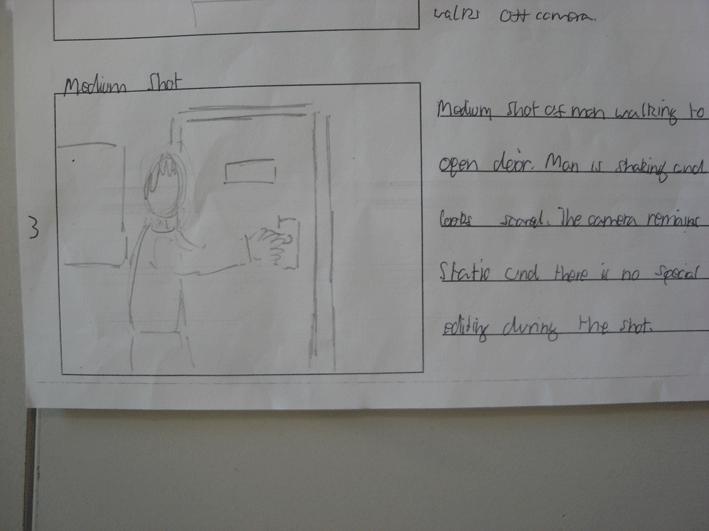- The sequence begins with diegetic sound of a train driving past at a fast pace. Hard lighting is used on the train as we see it shoot past, making it seem dark and sinister which sets the mood for the opening.
- We are then introduced to a long shot of a train stationary at a station, we also see a woman on one of the chairs, because of the framing of the shot, the woman is presented as lonely due to the large gap in the fram beside her. Eerie non diegetic music is heard whilst we hear the train doors open, although this appears to be diegetic sound, it is most likely a sound foley, which means it was added in afterwards. Using this in our film may work to our advantage as we would avoid any unwanted background noise whilst filming.
- Next, we see a close up of the female character. The mood set by the non diegetic sounds is parrarel to her facial expression, we understand that she is feeling pain. Again, the framing of the shot suggests that she is lonely and is suffering from a loss due to the gap beside her in the frame. This is an enigma code as it makes the audience wonder what has happened to her, it is also an example of restricted narrative as we don't know what she is feeling and we have no recollection of what has happened. These aspects build tension in the sequence.
- Blues and Blacks predominate in the overall colour tone, this creates a cold and lifeless feel in the sequence. This then relates to the next shot where we realise that there has been a death. The use of colour to reflect the narrative is very effective, i have been inspired to add something like this into our film.
- Later on in the sequence, there is a long shot showing the female character and a coffin. Eerie non diegetic sound is heard to create suspence and build tension. It then cuts to a low angle close up of the characters umbrella where rain is seen dripping off of it, the diegetic sound of dripping adds to the tension as it shows how silent the room is, which builds even more tension and raises another enigma code - what is going to happen next?































No comments:
Post a Comment